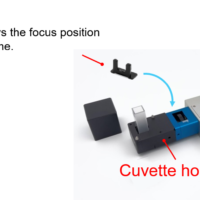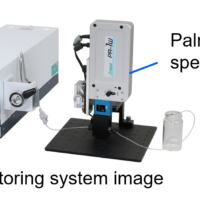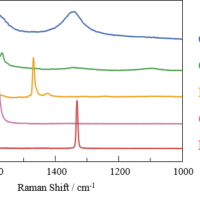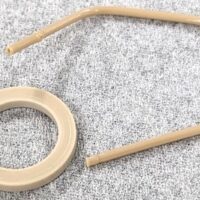Introduction
Raman spectroscopy is a technique to analyze the molecular structure from molecular vibrations as well as infrared spectroscopy. There are several advantages of RAMAN such that much smaller microscopic area can be measured, measurement in low wavenumber range can be easily implemented, a sample can be measured by non-destructive and non-contact method, and precise information on inside of a sample can be obtained selectively. Therefore, RAMAN has been used in the analysis of many fields, such as semiconductor and pharmaceutical as well as chemistry. Recently, more applications to the field of a criminal investigation are now expected. For example, RAMAN is applied to multilateral judgment of a very small piece of evidence and moreover, to identification of the poisonous , deleterious substances and illegal drugs from outside of the container. As explained, Raman spectroscopy is now effectively utilized in a criminal investigation, however there are following two points to be noted for measurement. One is the disturbance by the fluorescence from a sample, and the other, the possible damage to the sample by laser irradiation. The effective method of avoiding fluorescence is changing an excitation wavelength, or improvement in spatial resolution. If an excitation wavelength is changed into longer wavelength such as 785 nm or 1064 nm rather than 532 nm of standard, generally fluorescence will be decreased. Moreover, by narrowing down the laser beam size or using a conforcal optical system, the spatial resolution of the xy-direction and even the z-direction improves, and then the influence of fluorescence can be eliminated. In order to avoid damage of the sample by the laser, it is important to set the optimum laser intensity by using attenuator.
As one of the cases which could be identified by Raman spectroscopy, here is a report on the identification of the imprint of a seal placed, which is essential for official documents in Japan. Vermillion ink pad containing the inorganic pigments such as cinnabar and the other ink pad containing organic pigments are generally used for imprint. Both materials can be easily discriminated by the Raman spectra in the low wavenumber range. If the ink material can be specified, it will be quite helpful for investigative information.
Experimental
Using JASCO Laser Raman spectrophotometer, NRS-5100 (Fig. 1), the seals (Fig. 2) on three different papers were measured by standard 532nm laser. In order to avoid the damage to a sample, the laser intensity was raised gradually to be optimized. Moreover, since the fluorescence from vermillion ink or from its surrounding was very strong when measured without using a confocal optical system, it was very difficult to identify Raman peaks. Therefore, in order to increase spatial resolution, the measurement was implemented using the conforcal optical system.
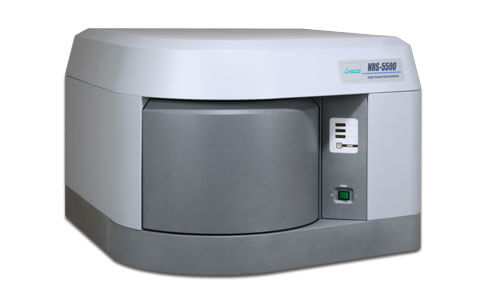
Fig. 1 Leaser Raman Spectrometer NRS-5500
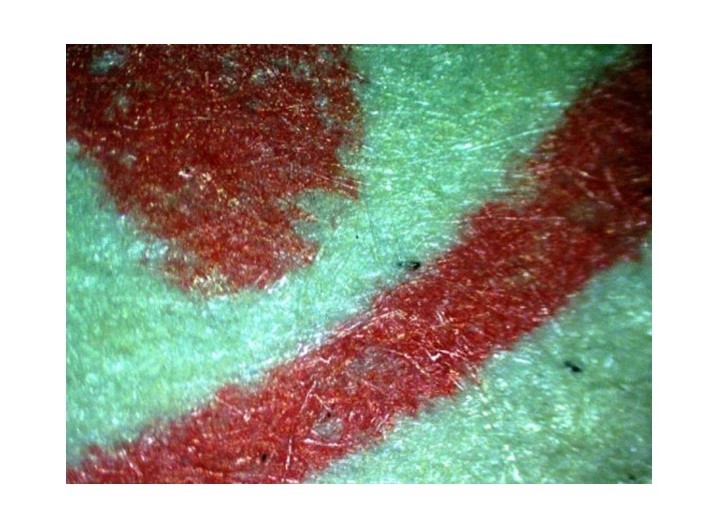
Fig.2 Microscopic observation image of the seal
Fig. 3 shows the measurement result. As can be seen, the Raman peaks were confirmed in the spectrum of A Seal, though it was affected by fluorescence. In the spectrum of a Seal B, some small peaks were slightly seen, but it was impossible to see the peaks at all on the spectrum of a Seal C.
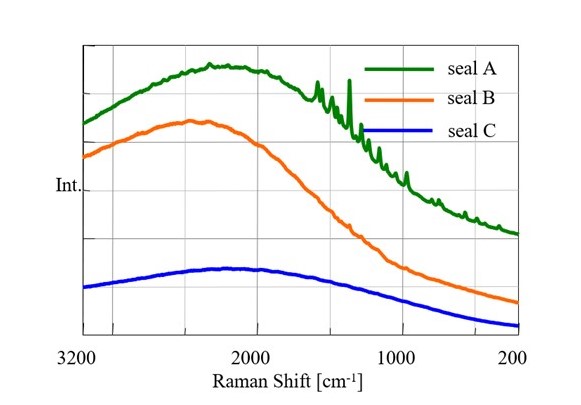
Fig.3 Spectra with excitation wavelength at 532nm
In order to avoid the influence of fluorescence, 785 nm laser was used for measurement. Fig. 4 shows the measurement result. The Raman peaks are seen in the spectrum of Seal A, but the fluorescence is dominant, but the effect from fluorescence was reduced greatly in the spectra of Seal B and Seal C as compared with using 532 nm laser. If the optimum conditions are selected, such as a suitable laser wavelength, better spatial resolution and proper laser intensity, good Raman spectra can be obtained even for a sample like vermillion ink which generates the large background of fluorescence.
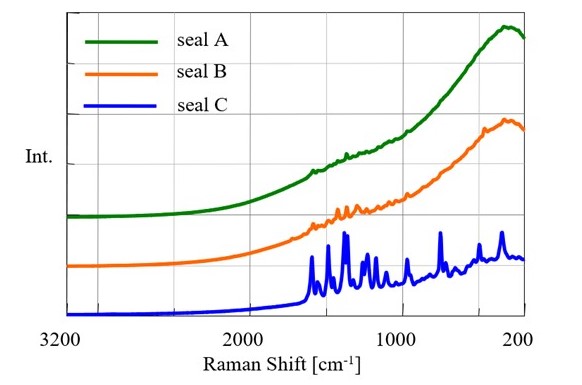
Fig.4 Spectra with excitation wavelength at 785nm
Results
In order to analyze the measurement results in details, the measured three spectra (Seal A:excitation wavelength 532 nm, Seal B and C: excitation wavelength 785 nm) were processed by fluorescence correction and normalization in software and shown in Fig. 5. Concentrating on the wavenumber range of 2000-600 cm-1, three different peaks have appeared, and all peaks could be identified. These peaks are due to the resin that contains organic pigment. On the other hand, in the low wavenumber range (red frame in Figure 5) where the peaks due to inorganic substances are expected to appear, a peak is hardly seen in the spectrum of a Seal A as compared with the spectra of Seal B and Seal C. Therefore, it is assumed that organic pigments are used primarily in ink of Seal A, while Seal B and Seal C contain inorganic pigment in the resin of vermillion ink pad. If the standard spectral data of multiple vermillion ink pad and other ink are available, by comparing the obtained spectra of imprint with such standard data, the type of ink and the vermillion ink pad used in imprint can be identified.
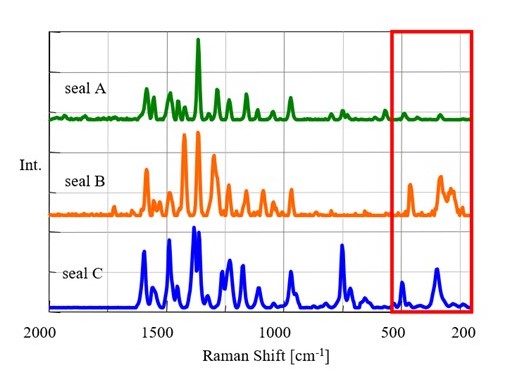
Fig.5 Spectra after fluorescence correction (normalized view)
As mentioned above, in Raman spectroscopy a sample can be measured in a non-contact method with very simple operation. It is an analysis technique to demonstrate it as a powerful tool, when the amount of sample is limited and non-destructive analysis is required.


